- Nearly two years after Russia’s all-out invasion, the battle lines are all but frozen:
- Ukrainians are digging in and trying to hold on, Russians are pounding their positions with meatgrinder infantry assaults and relentless artillery barrages as lethal drones whine overhead.
If nothing else, it was a potential body blow to Ukrainian morale, which has shown signs of slipping due to a failed counteroffensive and the political infighting in Washington that has deprived Kyiv of desperately needed weaponry.
Why Did The Russian Il-76 Crash?
What We Know, and Don’t Know, About A Major Aviation Disaster
- By Mike Eckel
It was an Ilyushin Il-76 -- a workhorse plane of the Russian and Ukrainian militaries, known for carrying heavy cargos: tanks, trucks, weapons, equipment, men.
- According to the Russian Defense Ministry, however, the jet that crashed on January 24 was carrying 65 Ukrainian prisoners of war who were being transported for a prisoner exchange.
- The culprit for the downing, the ministry alleged, was Ukraine itself.
First word of the aviation disaster emerged late morning local time on January 24, when the governor of the Belgorod region, which borders Ukraine and which has been repeatedly targeted by Ukrainian missiles and ambush units, announced an “incident” northeast of the city of Belgorod.
Shortly after, around 12:30 p.m. local time, the Russian Defense Ministry announced that an Ilyushin military cargo jet had crashed. The ministry said the plane was carrying 65 Ukrainian prisoners of war, along with a crew of six, and three other people identified as escorts.
By late afternoon, videos on the Russian state news agency TASS and several Telegram channels showed wreckage of a plane scattered across a snowy field.
Shortly after the Russian reports appeared, several Ukrainian news outlets, including Ukrayinska Pravda and RBK-Ukrayina, reported that the plane might have been brought down by a Ukrainian antiaircraft missile.
- The outlets, however, removed the reports not long after.
Yusov said officials were investigating the reports of the crash.
- Pestered by journalists for comment or confirmation, Ukrainian government authorities declined comment for much of the day.
- The military’s general staff issued a statement midafternoon that did not mention the plane crash but asserted Ukraine’s right to target Russian military transport planes in border regions.
- The statement insinuated that Russian officials had withheld information about exchanging prisoners, and implied that Moscow had willfully endangered prisoners’ lives.
- “Landing of a transport aircraft in a…combat zone cannot be safe and must in any case be discussed by both sides [in advance], otherwise it endangers the entire process of exchange.”
“It is clear that the Russians are playing with the lives of Ukrainian prisoners, the feelings of their loved ones, and the emotions of our society,” Zelenskiy said.
It’s not yet entirely clear, even though both sides say a prisoner swap was planned.
- In its statement, the Russian Defense Ministry said that Ukrainian authorities were “well aware that, in accordance with established practice, Ukrainian servicemen were to be transported by military transport aircraft to Belgorod airfield today for exchange.”
- Still, more than 24 hours later, Ukrainian authorities had neither confirmed nor denied that prisoners of war were killed in the crash.
- Several of the names on the list, however, matched those of Ukrainian soldiers who had been released in earlier prisoner exchanges.
- Also mysterious: videos from the debris-strewn field showed few signs of bodies or human remains.
Were There Missiles On the Plane?
In the partially retracted Ukrayinska Pravda report from January 24, Ukrainian officials also said the Ilyushin was carrying S-300 air defense missiles.
- Yusov, the military intelligence agency spokesman, repeated that assertion a day later, in comments to RFE/RL’s Ukrainian Service.
- He also said that there were other Russian military jets in the airspace nearby.
- If true, that would potentially provide a partial explanation why the cargo jet could have been targeted by Ukrainian forces.
- Yusov also asserted that high-ranking Russian officials had planned to travel on the jet but that Russia’s main intelligence agency, the Federal Security Service (FSB), barred them from boarding.
"Several official VIPs from the military-political representation of the aggressor state were supposed to have been on board. Their names are known and will be named,” he said. “But at the last moment, the FSB actually ordered them not to board and to use other modes of transport.”
He did not provide evidence.
What Does It Mean For The War?
- Ukraine’s widely touted counteroffensive, which kicked off in June, sputtered out late last year.
- Russian forces have been incrementally advancing near the towns of Avdiyivka and Kupyansk.
- Both sides are also believed to be trying to replenish unit strength and weapons supplies.
Last week, Ukraine claimed it had downed an Antonov A-50 reconnaissance plane, a flying command center used to help Russian aircraft locate Ukrainian targets, while flying over the Sea of Azov. There’s been no definitive confirmation of the plane’s destruction, however.
- But they did bolster Ukrainian morale.
If it is confirmed that Ukraine shot down the Russian cargo jet, and mistakenly killed dozens of Ukrainian POWs, it would undo that.
2
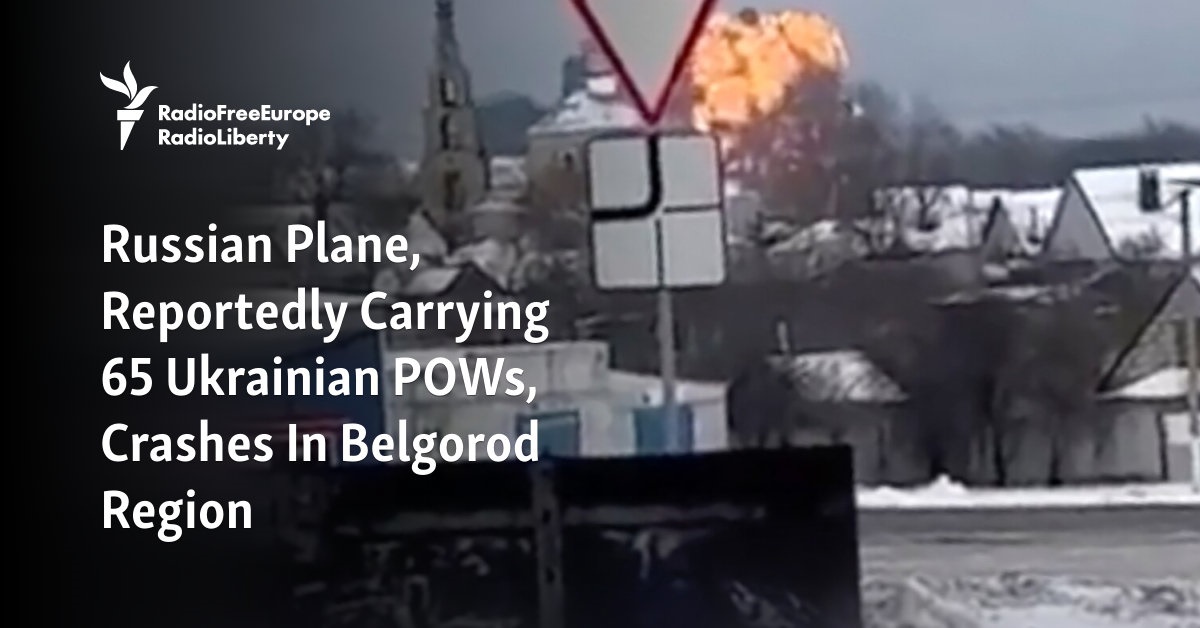
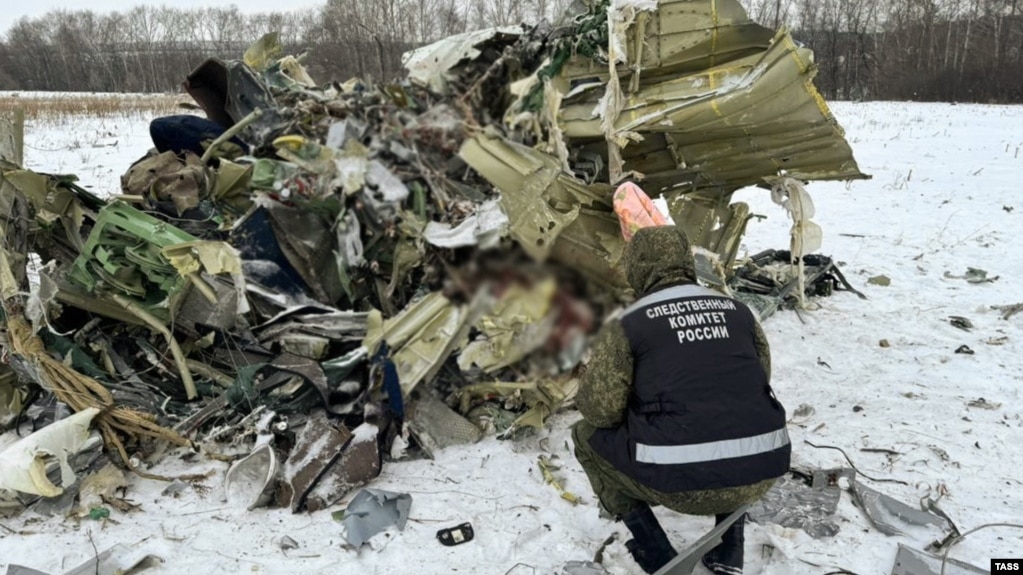
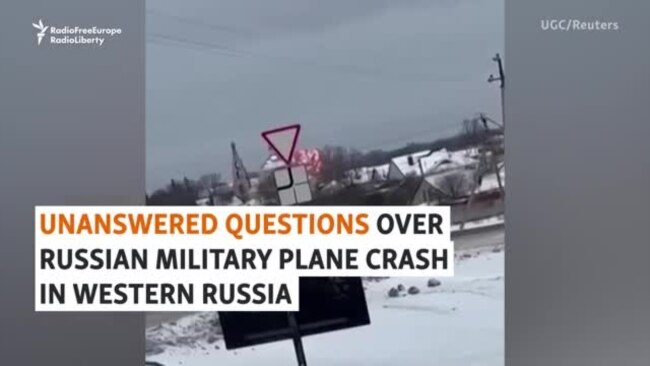
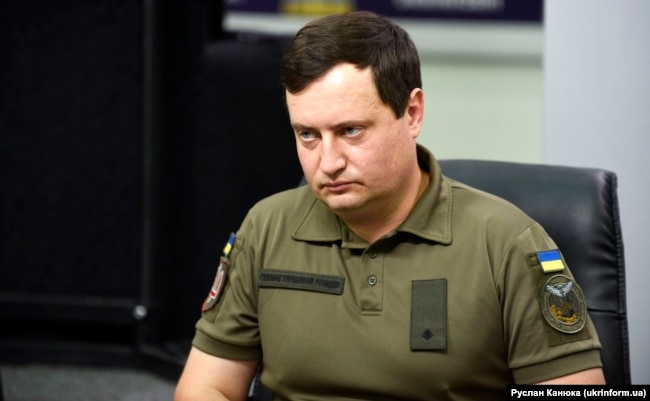
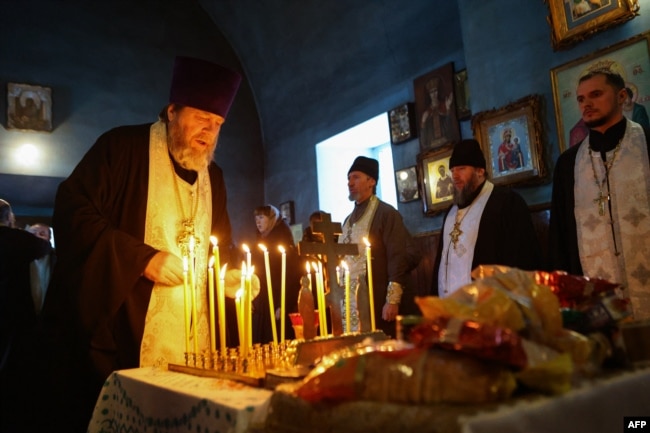





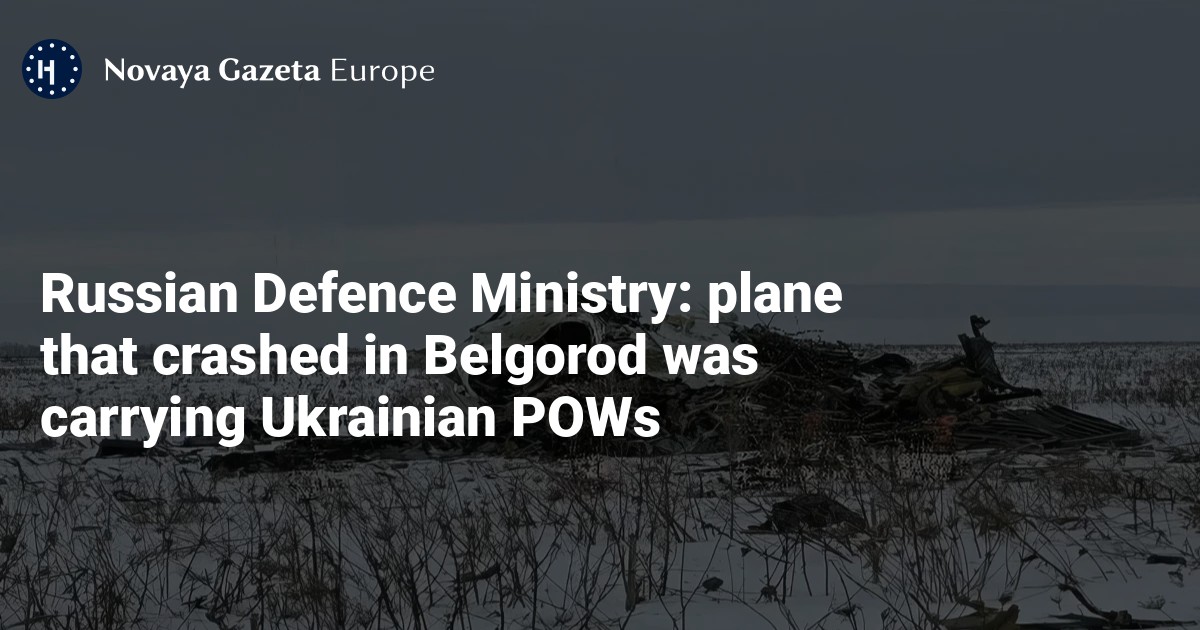
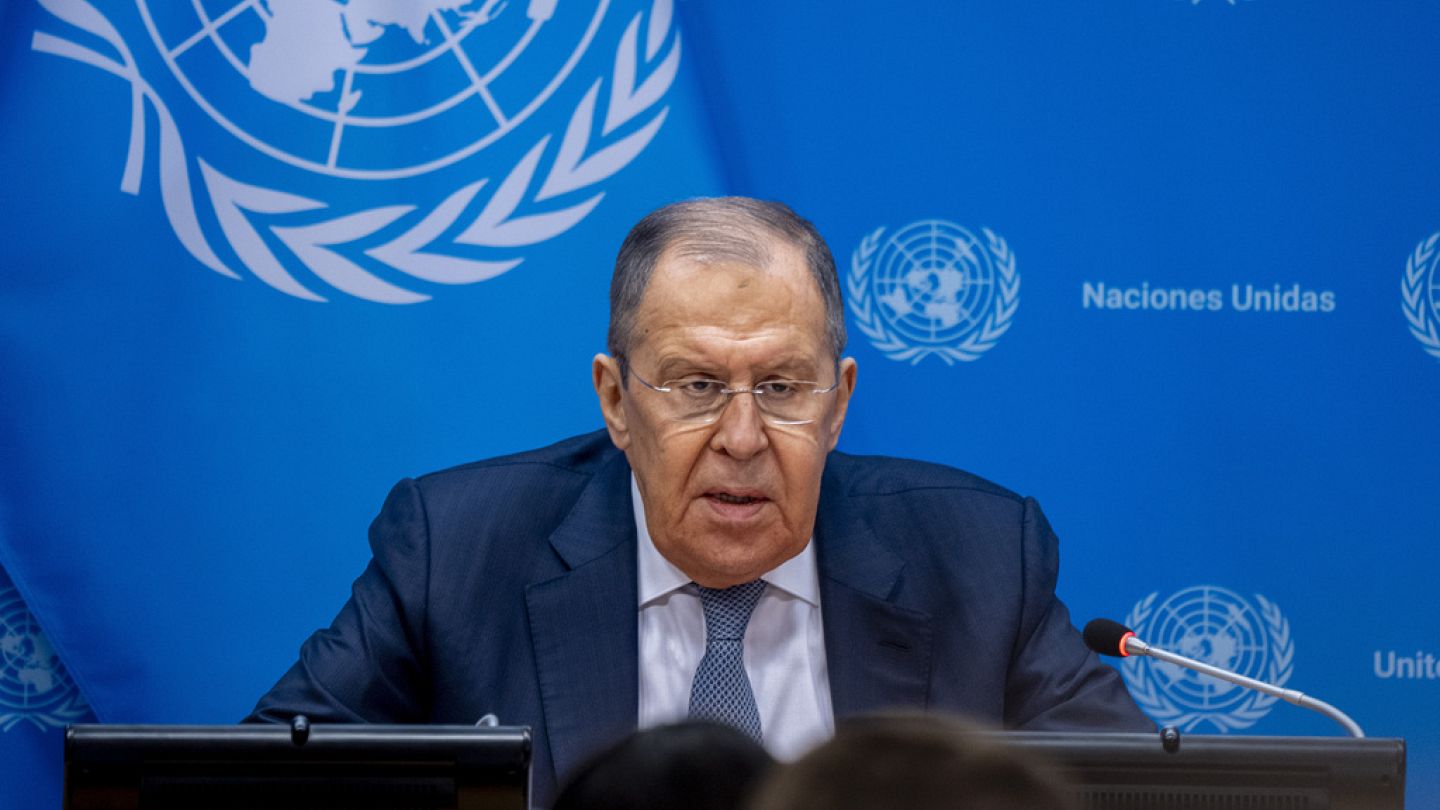



No comments:
Post a Comment